Yes, you can grow a fruit tree in clay soil – but only if you follow these 4 steps
They're key to strong, healthy growth
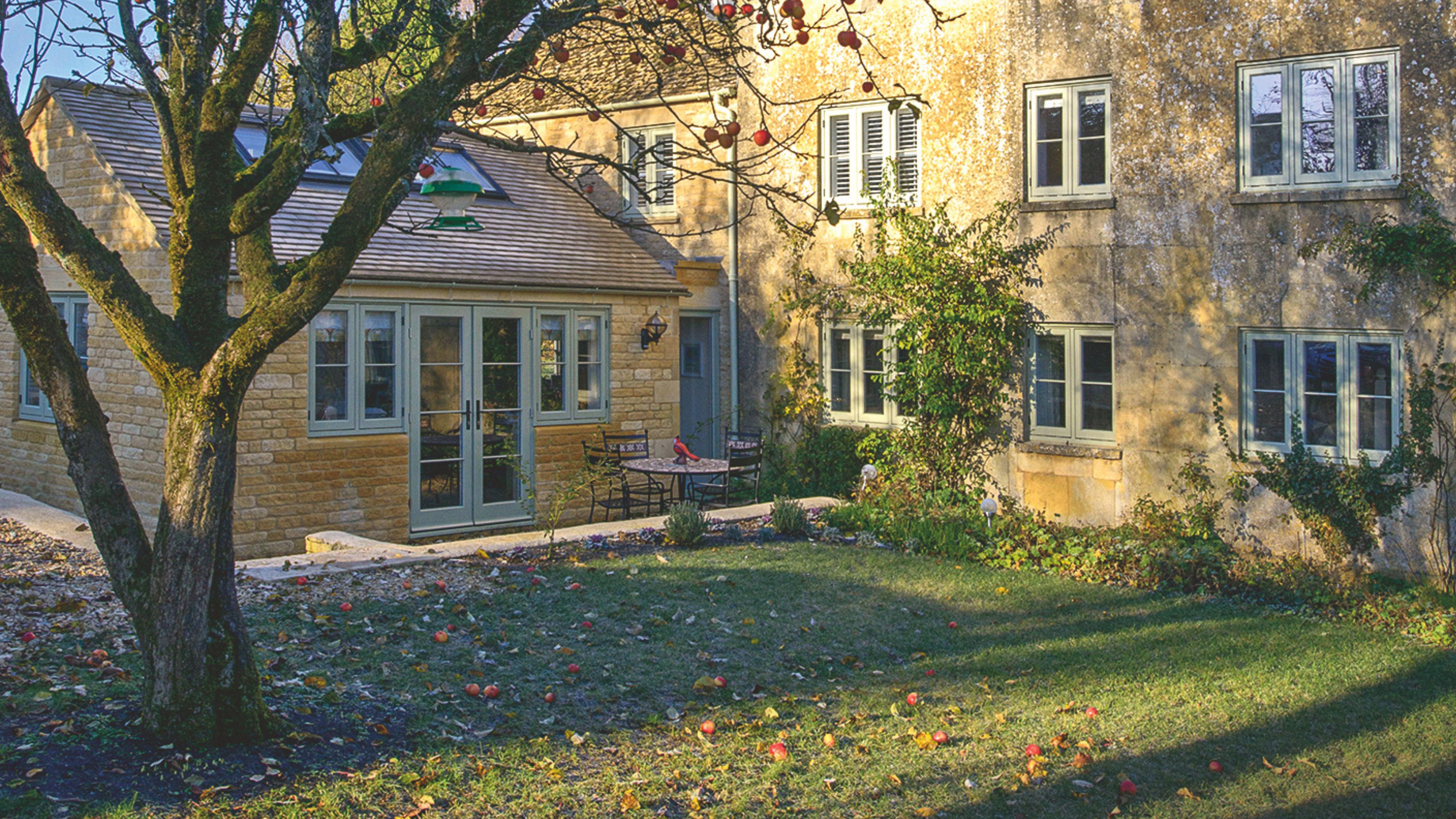

Fruit trees thrive best in soil with plenty of drainage, like most other plants – but can fruit trees grow in clay soil?
Clay soil is naturally denser and more prone to compaction than other soils, and although it isn’t the best place to plant fruit trees, you can make it work – especially if you choose the right varieties and have a few tailored planting techniques up your sleeve.
Since it’s the prime time to start planting fruit trees, I thought I’d check in with the experts to find out just how successfully fruit trees can grow in clay soil (and how you can make life easier for them!).
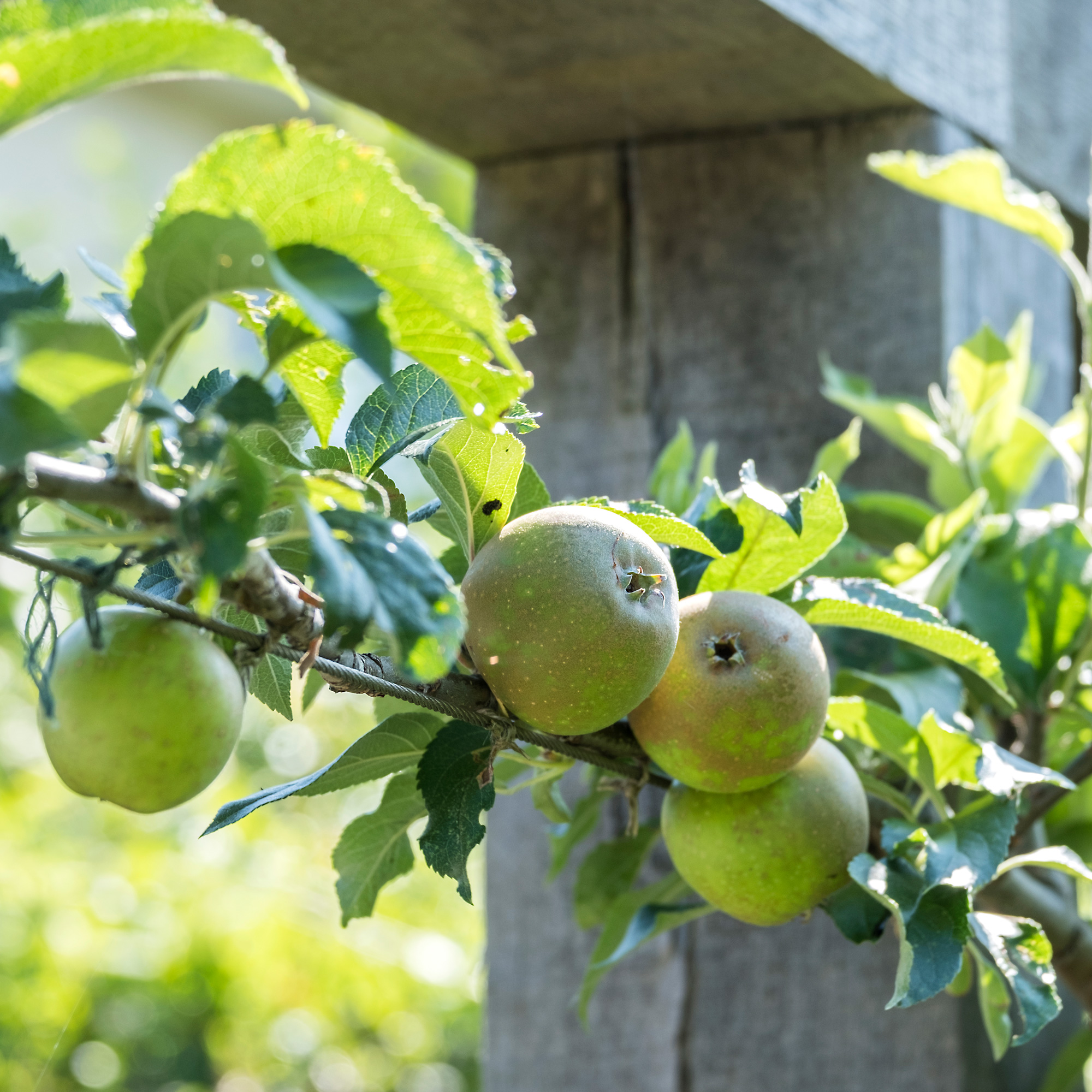
So, can fruit trees grow in clay soil?
The answer is yes, but with a caveat – you’ll need to think carefully about which area of the garden you’ll be planting a bare-root or container-grown tree in, for a start.
‘It is possible to grow fruit trees in clay soil, but choosing the right location is key,’ says David Glass, head gardener at Bowood House and Gardens. ‘Avoid planting in waterlogged soil, and instead consider a mound or raised area, as this will prevent the tree from sitting in water.’
In fact, ‘mound-planting’ is one of the best ways you can grow fruit trees in clay soil. Here’s how to do it…
Sign up to our newsletter for style inspiration, real homes, project and garden advice and shopping know-how
What you'll need
- A spade, like the Spear & Jackson Traditional Stainless Digging Spade, now £28 at Amazon
- Some soil improver, like Westland Gro-Sure Farmyard Manure, £12.23 for 50L at Amazon
- Mulch, like YouGarden Strulch from Amazon
- A fruit tree, like Apple 'Scrumptious' from Crocus
1. Preparing the day before
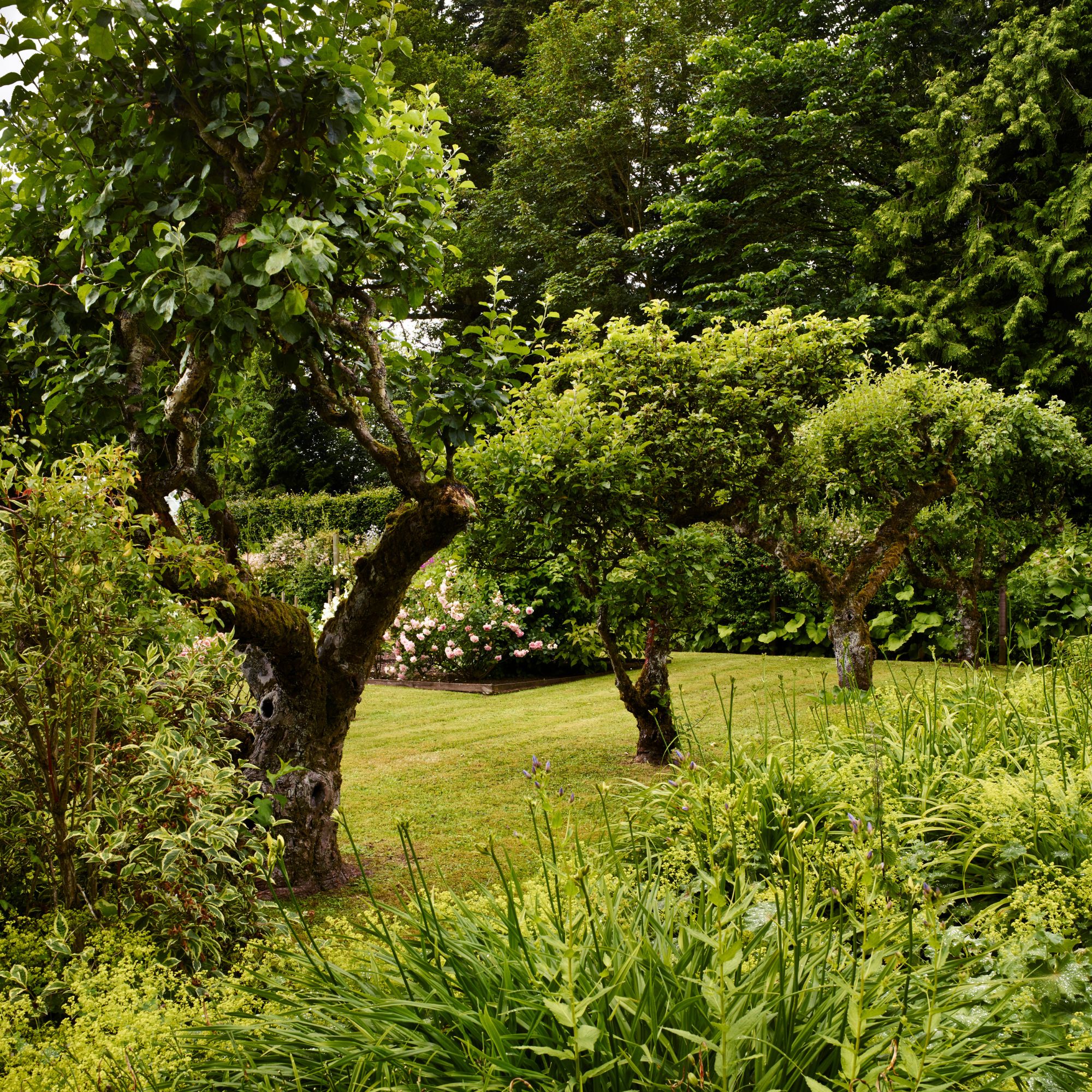
As David mentioned, it’s worth planting fruit trees on a mound or raised area if you can.
‘When preparing clay soil for a fruit tree, the simplest way is to use a method called ‘mound’ planting, which is designed to keep the roots out of standing water when there are periods of heavy rain,’ explains Lucie Bradley, gardening and greenhouse expert at Easy Garden Irrigation.
Lucie also says it’s a good idea to water the ground the day before planting, so the clay is easier to work with.
2. Digging the hole
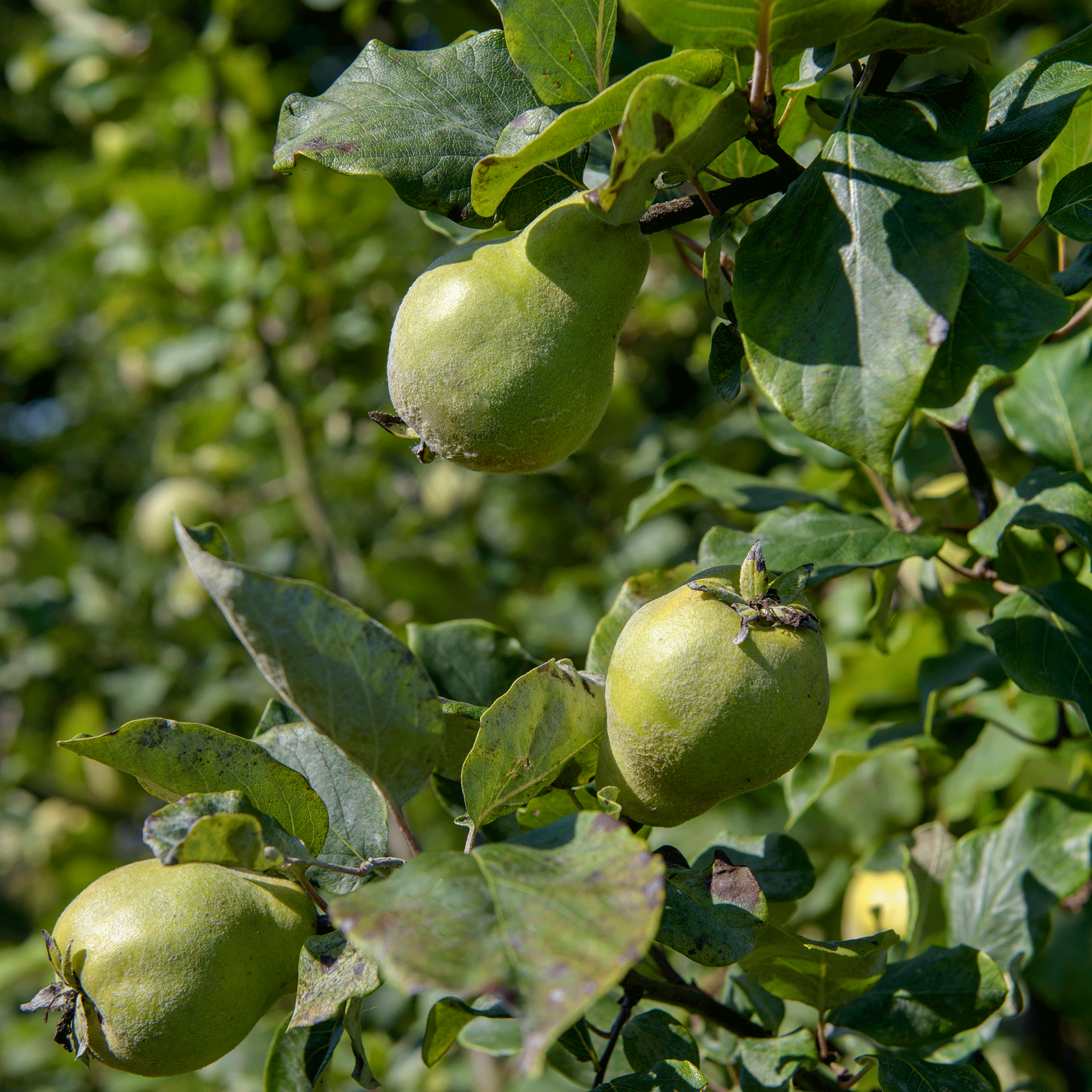
Then, you’ll need to dig and backfill a hole using a spade or shovel to provide the foundation for the fruit tree.
‘Start by digging a hole that’s about one and a half times the depth of the container the tree comes in, and about 10-12cm wider than the pot, before backfilling the hole with soil from the surface surrounding the hole,’ she advises. ‘This will be less compacted and have a better structure than the clay from the bottom of the hole.’
Just as you’d improve clay soil for gardening, mixing in some organic matter (try Westland Gro-Sure Farmyard Manure from Amazon) at this stage will improve drainage and structure.
3. Positioning the fruit tree
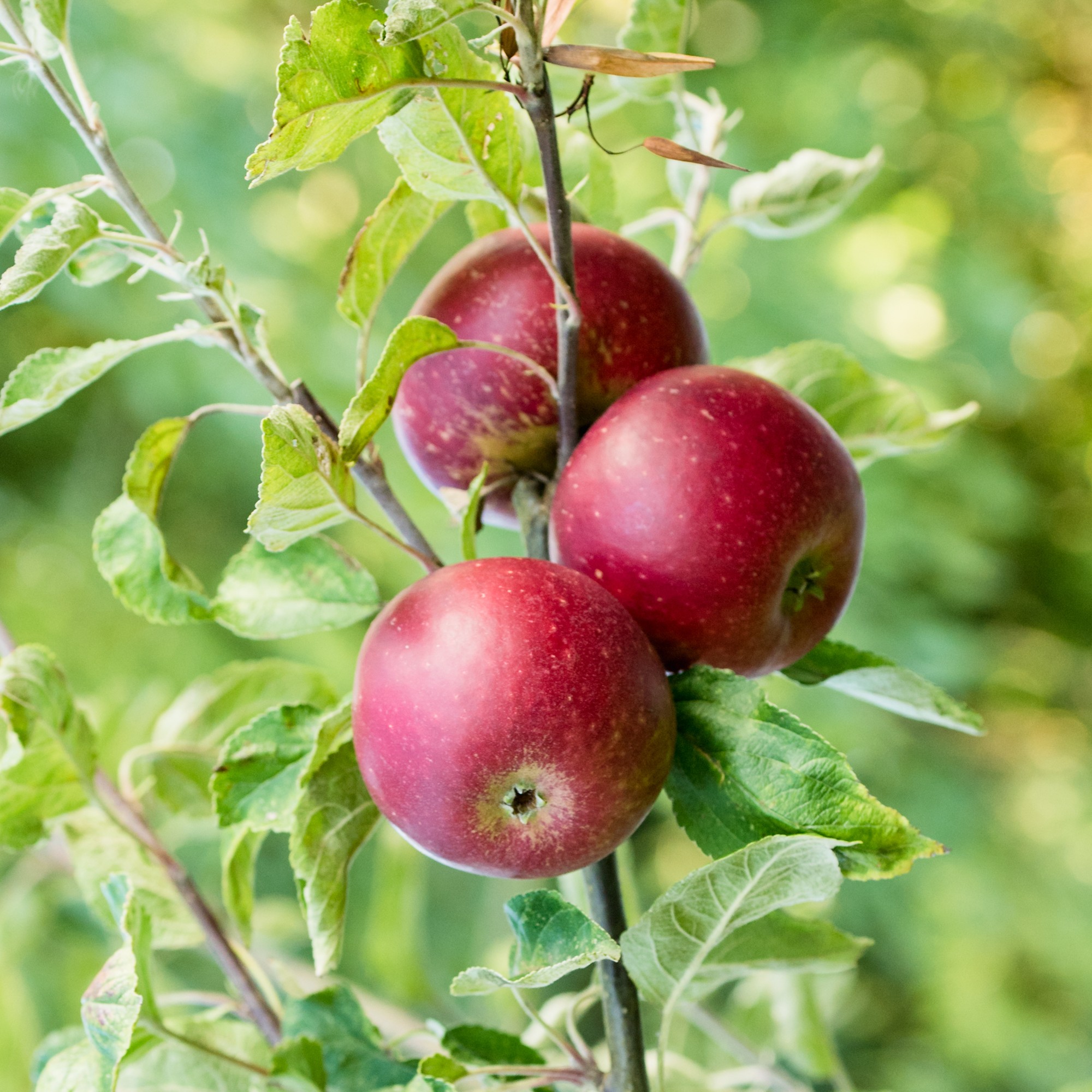
Then, Lucie says, you’ll need to position the fruit tree in the centre of the hole so that the rootball is about 5cm higher than ground level. Make sure the flared section of the trunk isn’t buried, though.
‘Continue to backfill with a mix of clay soil and organic matter, but finish off only with clay soil,’ Lucie says. ‘You can then apply a 5-8cm deep layer of mulch to surround the base of the tree.’
Mulching is a crucial step in planting most shrubs and trees. RocketGro Organic Magic Mulch is Amazon's Choice, and it's good at stopping weeds, too.
4. Choosing the right type of fruit tree
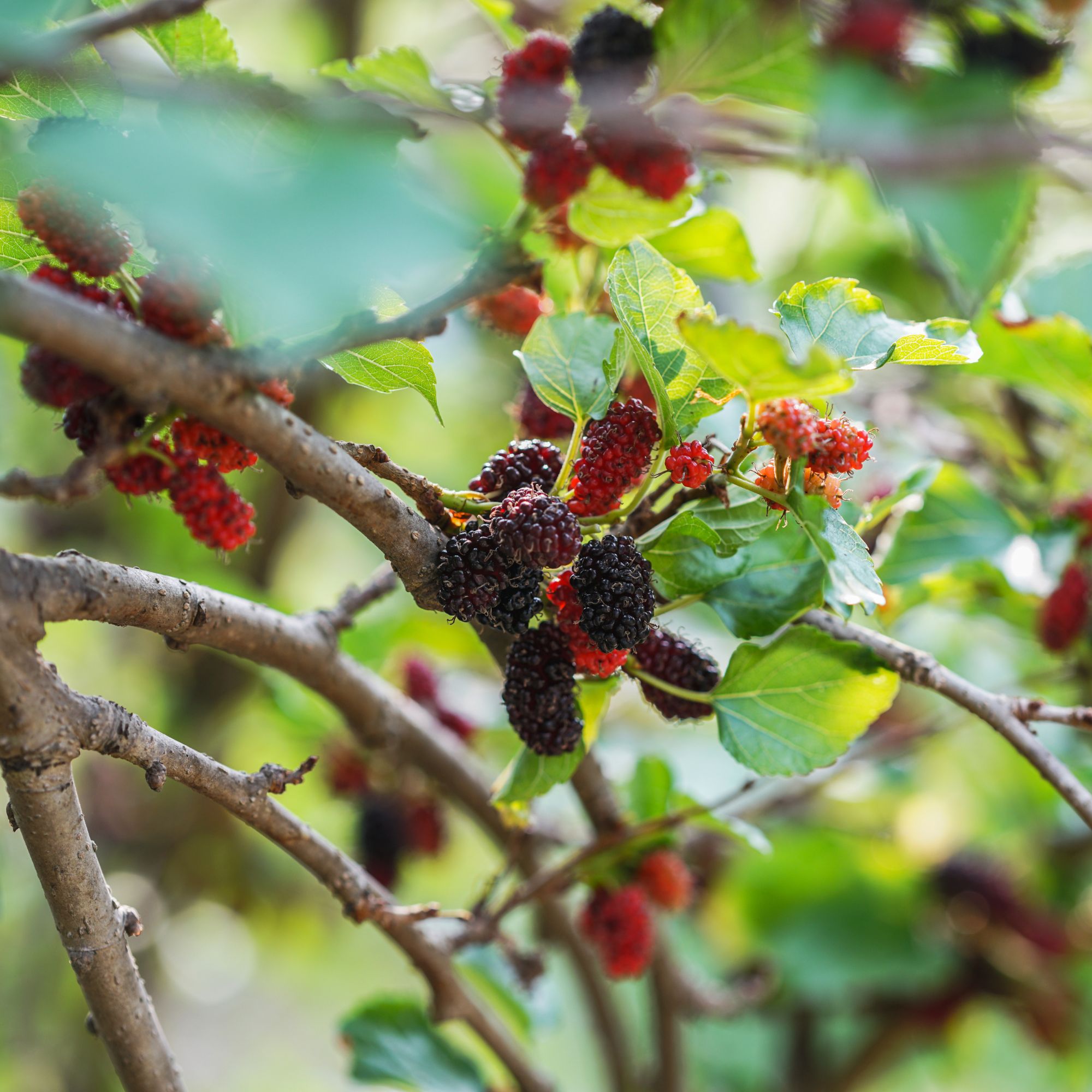
Mound-planting will boost most fruit trees’ success rate in clay soil, but some varieties are naturally less fussy.
‘Some varieties are more tolerant of poor soil than others, so this is worth bearing in mind when choosing which tree to buy,’ says David from Bowood House and Gardens.
It’s also worth going for fruit types that actually benefit from the nutrients and moisture retention that clay soil provides. That’s according to Lucie, who says apple, pear, quince and mulberry trees are strong contenders.
‘With others such as cherry or plum, it’s simply a case of selecting the right variety to suit clay,’ she says. ‘Self-fertile cherry varieties of ‘Morello’ (from £34.99 at Crocus) or ‘Stella’ (from £17.99 at J. Parker's), or self-fertile plums such as ‘Claudia Viola’ or ‘Belle de Louvain’, are suitable for clay soils.’
So, that's that: choosing the right varieties and mound-planting means fruit trees will grow in clay soils.

Sophie joined the Ideal Home team as Gardens Editor in June 2024. After studying English at Royal Holloway, University of London, she began writing for Grow Your Own, which spurred on her love of gardening. She's tried growing almost every vegetable under the sun, and has a soft spot for roses and dinnerplate dahlias.
As Gardens Editor, Sophie's always on the lookout for the latest garden trend. She loves sharing growing hacks for every space, from herbaceous borders to balconies.